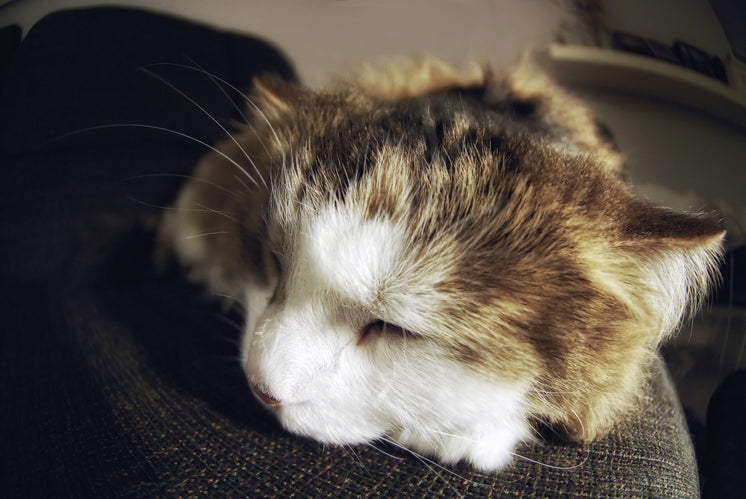The Psychology of Cats: Litter Box Preferences and Behaviors
The Psychology of Cats: Litter Box Preferences and Behaviors
Blog Article

Cat litter and litter boxes play a pivotal function in the lives of both felines and their owners. From the humble beginnings of sand and soil to the innovative developments these days, the world of cat litter has actually progressed significantly. In this comprehensive guide, we explore every aspect of cat litter and litter boxes, exploring their history, types, advantages, difficulties, and whatever in between.
The history of cat litter dates back centuries, with ancient civilizations using sand, soil, and even ashes as primitive litter products. However, it wasn't up until the mid-20th century that contemporary cat litter as we understand it emerged. In 1947, Edward Lowe presented the world's first industrial cat litter made from absorbent clay, reinventing the method cats relieved themselves inside your home. Considering that then, cat litter has actually undergone numerous changes, with the introduction of clumping litter, silica gel litter, biodegradable options, and more.
Today, feline owners are ruined for option when it concerns choosing the best litter for their feline companions. Traditional clay litter remains popular for its price and efficiency in soaking up smells. Clumping litter, which forms solid clumps when wet, simplifies cleansing and upkeep. Silica gel litter, made up of highly absorbent silica crystals, offers superior smell control and durability. Naturally degradable options, such as recycled paper, wood pellets, corn, and wheat, appeal to ecologically mindful consumers.
Each type of cat litter uses special advantages. Clay litter masters its capability to soak up moisture and control odors, making it a dependable choice for lots of cat owners. Clumping litter simplifies day-to-day scooping and extends the time cat litter box with lid in between complete litter modifications. Silica gel litter supplies remarkable odor control and can last longer between replacements. Biodegradable litters use a sustainable alternative that minimizes ecological impact.
While cat litter boosts indoor feline health, it is not without its challenges. Dust from clay litter can pose breathing risks for both felines and people, prompting the appeal of dust-free alternatives. Some felines may establish litter box hostility due to issues with texture, fragrance, or tidiness, requiring experimentation with different litters and box configurations. Multi-cat families may need strategic litter box positioning and frequent upkeep to avoid territorial disputes and make sure all cats have access to tidy facilities.
Picking the suitable litter box is necessary for promoting positive litter box routines and general feline wellness. Elements to think about consist of size, ease of access, and style preferences. Covered litter boxes supply privacy and assistance contain odors, however some cats might find them confining or frightening. Open-top litter boxes provide simple access and exposure however may lead to more litter scatter. Automatic self-cleaning litter boxes streamline upkeep but need regular monitoring and maintenance.
Proper litter box maintenance is vital for ensuring a tidy and welcoming environment for both cats and their owners. Daily scooping removes waste immediately, decreasing odor and dissuading litter box cat litter scoop hostility. Regular litter replacement, normally every 1-2 weeks, prevents bacterial buildup and keeps optimal absorbency. Comprehensive cleansing with moderate detergent and water, avoiding extreme chemicals that may discourage felines from using the box, need to be carried out monthly.
Cat litter and litter boxes play a main function in fostering a healthy and harmonious relationship between felines and their human buddies. With a varied array of litter options and litter box designs offered, feline owners have the versatility to tailor their choices to suit their felines' choices and household needs. By understanding the development, types, advantages, and obstacles of cat litter and Wood Cat Litter litter boxes, family pet owners can supply their feline friends with a comfortable and hygienic indoor environment.